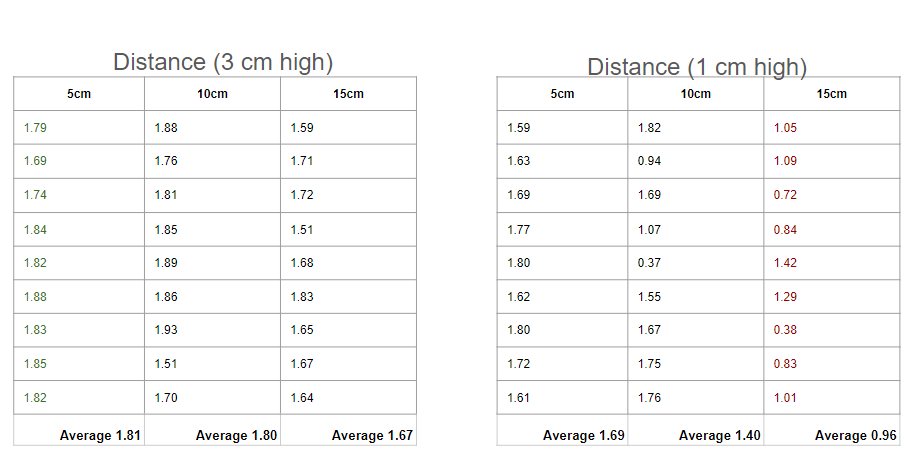Fun Energy
Grade 5
Presentation
No video provided
Hypothesis
If I use a windmill that uses wind to make energy, I could make some sort of bag, that would push wind to power the windmill. Then, kids could jump on the bag blowing air to power the windmill.
Research
First I researched Wikipedia about energy. Then I went to Google and found four ways to make energy. The choices were water energy, hand crank, wind energy, and heat energy. I chose wind energy because it was the most easy and efficient way. I thought about a game that could use this and I settled on the game: jump rope. Playing jump rope will cause the person to jump on a bag that will blow out air to move the panes of a windmill making energy.
I experimented with different types of bags to cover the foam. I tested plastic covers, grocery bags, and Ziplock bags were the best type of bag out of the other three because of their strength against wind and their strong plastic protecs itself against the shoes that will jump on them.
Before I 3d printed the nozzle, first made one out of cardboard and surrounded it with duct tape to not let the air escape. Then I made one with a bottle cap and a pen tube together for the nozzle but it wasn't quite as good as the previous one because it let air out and it was hard to attach to the bag. But then I thought to 3d print one since I had a have a 3d printer. I had to print 2 prototypes and 1 final one for the bag. The 3d printed one was the best.
Variables
I found 4 manipulated variables. The height is the height of the windmill. The distance is the distance between the nozzle and the windmill. The size of the nozzle is the size, width, and height of the nozzle. And the kid's weight is how heavy the person is.
I couldn't measure the kid's weight because I couldn't pinpoint what exact weight and height would be made.
The responding variable will always be voltage and I can read voltage with a multimeter and check how many volts are being created.
I found 3 control variables. I didn't change the motor inside the windmill. I didn't change the width of the bag. I didn't change the panes of the windmill.
Procedure
I put the bag on a table and simulated someone's jump by using my arms as the pusher.
I measured the variable distance from 5cm, 10cm, and 15cm of distance. Then I tested the variable height of 3cm and 1cm high. In total, I took 6 different measurements and 2 variables. I took 9 samples from each measurement. Then I calculated the average of how many volts were created during each measurement to find the best position.
Observations
I observed that it makes less energy each time you move it farther. I observed if you move the windmill 3cm higher it will have the best position and make the most energy. I observed that it is bad to measure from 15cm of distance.
The foam inside the bag helps it push all the air inside, and since there is a nozzle the air will get pushed out through the nozzle and out the bag.
When the air is blown out of the bag and pushes one of the panes, the pane will move a copper wire over a magnet, making a volt of energy. Then the volt will go to the LED, causing it to be charged to shine.
Analysis
After taking the measurements, I wrote down the results and found out that we generate more energy when the bag is 5 cm away from the windmill and the windmill is 3 cm high.

Conclusion
The project confirmed my hypothesis.
The project needs a few changes such as: having a better quality bag and a bigger windmill.
A few sources of possible error were found such as: reading wrong from the multimeter or different force in measurement times.
It is not possible to say if the school is going to use this or calculate how much percent of the electricity this project will provide for the school.
Application
Using this would be helpful in places like schools, homes, and gyms. It also could help places where kids like to play like parks etc.
Sources Of Error
Some sources of error were found like, I reading the wrong reading from the multimeter or applying different pressure at different times.
Citations
I understood DC motors with this video by Jared Owen: https://www.youtube.com/watch?v=CWulQ1ZSE3c
Wikipedia page:
https://en.wikipedia.org/wiki/Windmill
https://en.wikipedia.org/wiki/Wind_turbine
Acknowledgement
I would like to acknowledge helpers like Mme Collette, Mary Ann, St Luke Science Fair Coordinators, and CYSF Coordinators.

